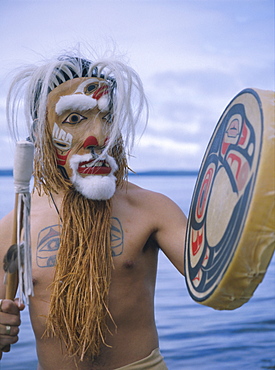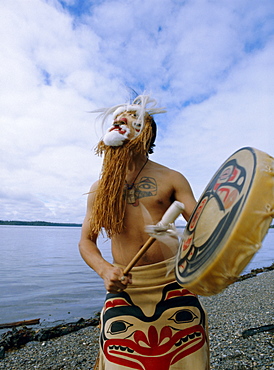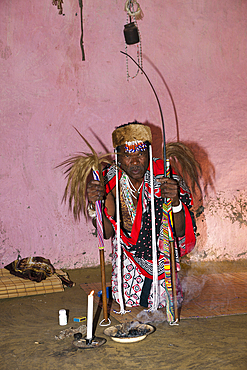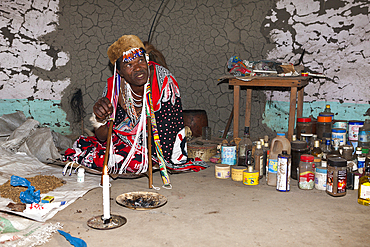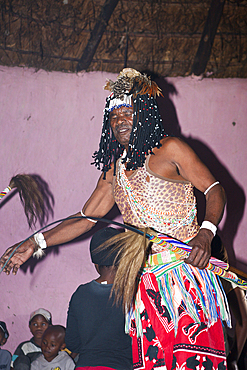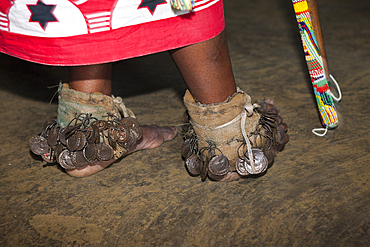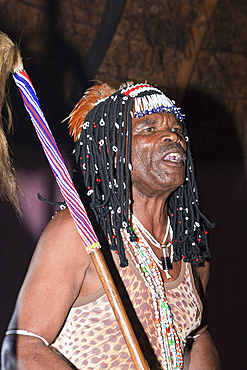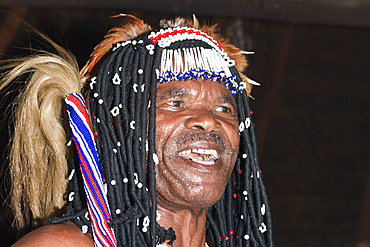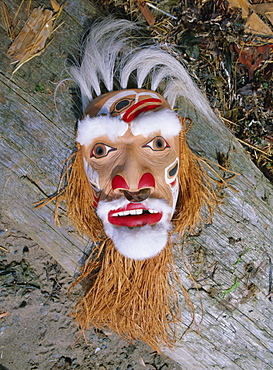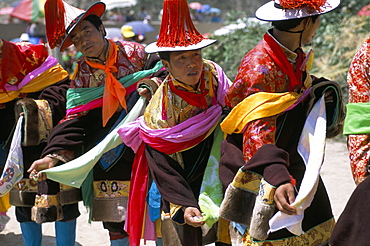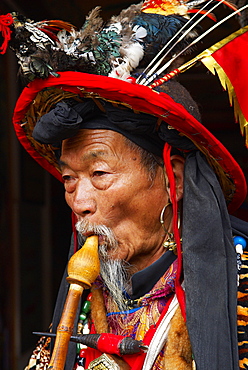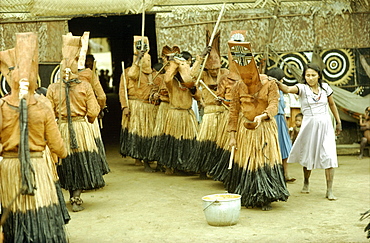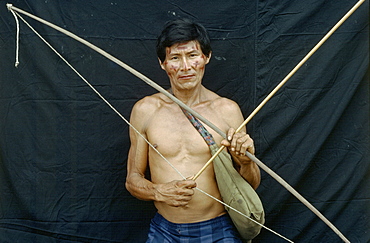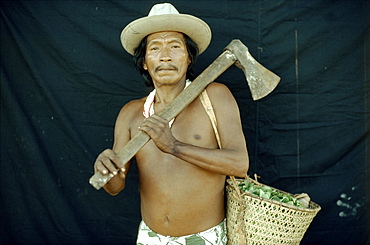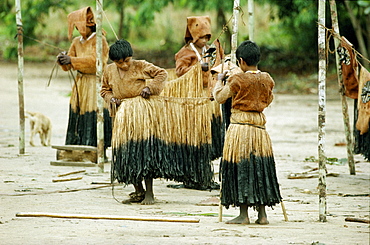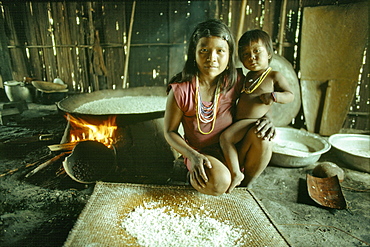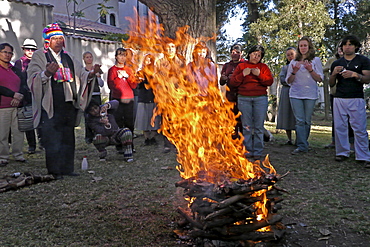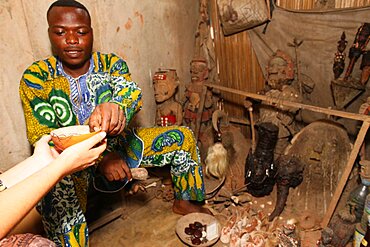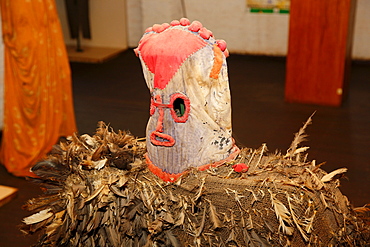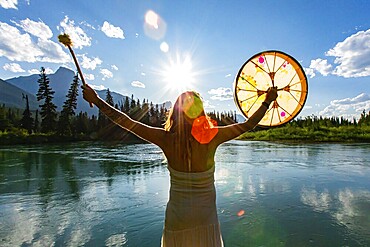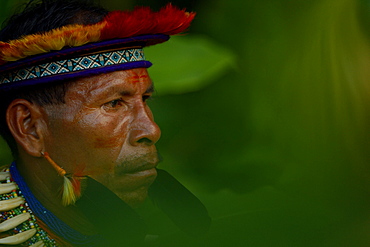Results
55 results found
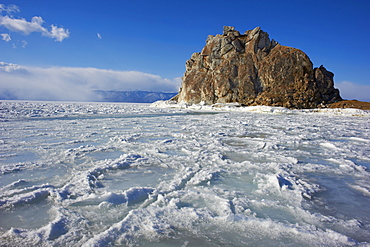
Shaman rock, Maloe More (Little Sea), frozen lake during winter, Olkhon island, Lake Baikal, UNESCO World Heritage Site, Irkutsk Oblast, Siberia, Russia, Eurasia
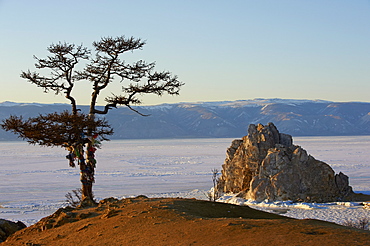
Shaman rock, Maloe More (Little Sea), frozen lake during winter, Olkhon island, Lake Baikal, UNESCO World Heritage Site, Irkutsk Oblast, Siberia, Russia, Eurasia
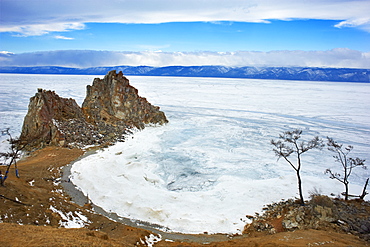
Shaman rock, Maloe More (Little Sea), frozen lake during winter, Olkhon island, Lake Baikal, UNESCO World Heritage Site, Irkutsk Oblast, Siberia, Russia, Eurasia
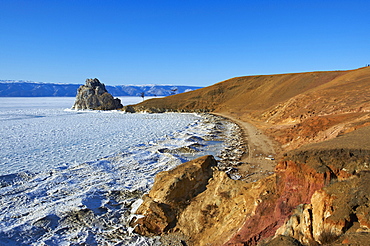
Shaman rock, Maloe More (Little Sea), frozen lake during winter, Olkhon island, Lake Baikal, UNESCO World Heritage Site, Irkutsk Oblast, Siberia, Russia, Eurasia
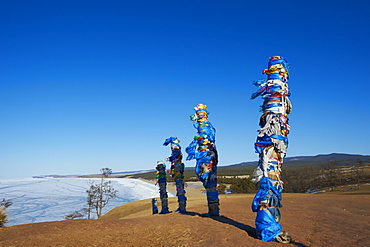
Shaman rock, Maloe More (Little Sea), frozen lake during winter, Olkhon island, Lake Baikal, UNESCO World Heritage Site, Irkutsk Oblast, Siberia, Russia, Eurasia

Shaman rock, Maloe More (Little Sea), frozen lake during winter, Olkhon island, Lake Baikal, UNESCO World Heritage Site, Irkutsk Oblast, Siberia, Russia, Eurasia

Shaman rock, Maloe More (Little Sea), frozen lake during winter, Olkhon island, Lake Baikal, UNESCO World Heritage Site, Irkutsk Oblast, Siberia, Russia, Eurasia
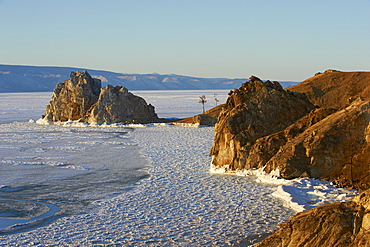
Shaman rock, Maloe More (Little Sea), frozen lake during winter, Olkhon island, Lake Baikal, UNESCO World Heritage Site, Irkutsk Oblast, Siberia, Russia, Eurasia
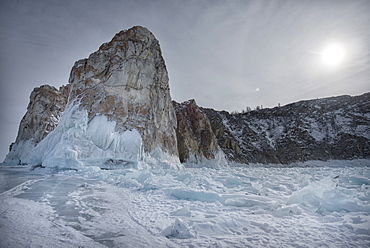
Rough ice formed at Shaman Rock, Olkhon Island as the waves freeze at the beginning of winter, Lake Baikal, Irkutsk Oblast, Siberia, Russia, Eurasia
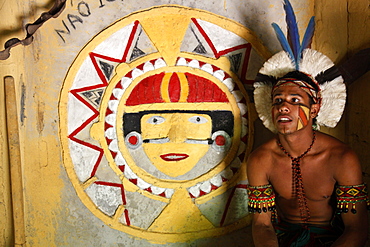
The old Shaman house of the Pataxo Indian people at the Reserva Indigena da Jaqueira near Porto Seguro, Bahia, Brazil, South America

Shaman rock, Maloe More (Little Sea), frozen lake during winter, Olkhon island, Lake Baikal, UNESCO World Heritage Site, Irkutsk Oblast, Siberia, Russia, Eurasia
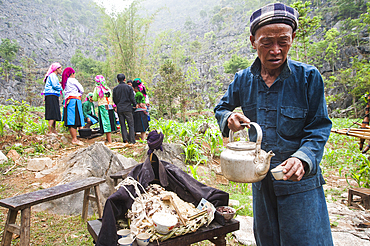
Shaman doing rituals above altar in memory of deceased,funeral in a village around Sa Phin, Ha Giang province, Northern Vietnam, Southeast Asia

Statue of an animistic shaman figures in San Agustin Archeological Park, UNESCO World Heritage Site, Colombia, South America
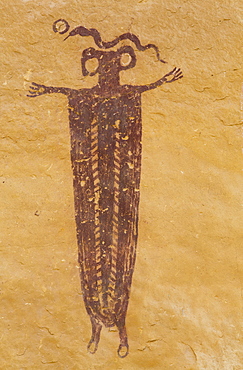
Skeleton Shaman, Head of Sinbad Pictograph Panel, San Rafael Swell, Utah, United States of America, North America

Shamans from the Yanomami tribe practising traditional healing methods, southern Venezuela, South America
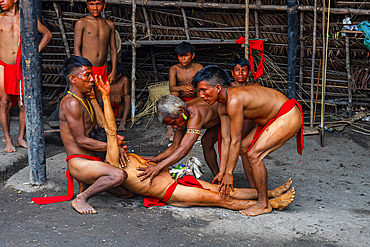
Shamans from the Yanomami tribe practising traditional healing methods, southern Venezuela, South America

Shamans from the Yanomami tribe practising traditional healing methods, southern Venezuela, South America
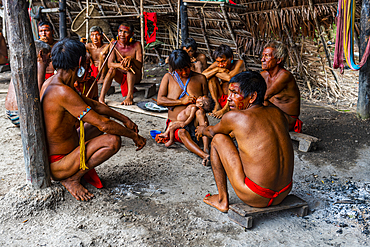
Shamans from the Yanomami tribe practising traditional healing methods, southern Venezuela, South America
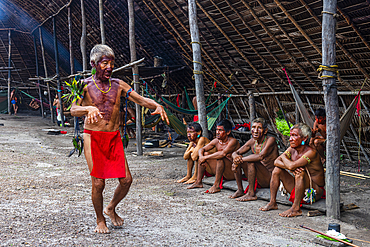
Shamans from the Yanomami tribe practising traditional healing methods, southern Venezuela, South America
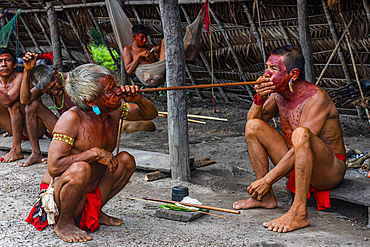
Shamans from the Yanomami tribe practising traditional healing methods, southern Venezuela, South America

Shamans from the Yanomami tribe practising traditional healing methods, southern Venezuela, South America
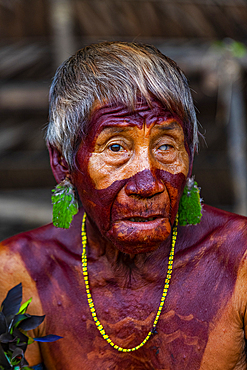
Shamans from the Yanomami tribe practising traditional healing methods, southern Venezuela, South America

Shaman in altered state of consciousness with Shamanic drummer and cymbal, performing problem-solving ritual in Hindu temple, Kurkuri, Odisha, India, Asia

Shaman in highly altered state of consciousness performing problem-solving ritual for villagers gathered in Hindu temple, Odisha, India, Asia
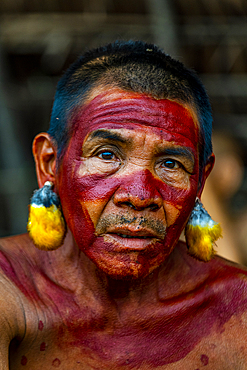
Shamans from the Yanomami tribe practising traditional healing methods, southern Venezuela, South America

Close-up of shaman's snuff from the yopo tree, the bark of which is made into hallucinogenic powder by the Yanomami Indians in Brazil, South America

Totem pole of Shaman and land otter, carved in red cedar in 1940 by John Wanlace, Inside Passage, Juneau, Alaska, United States of America, North America

Aztec folk healer, shaman practising spiritual cleansing, Zocalo, Plaza de la Constitucion, Mexico City, Mexico, North America

Buryat shaman Valentin Khagdae with the hereditary shaman's genetic marker of a sixth finger thumb on his right hand, Lake Baikal, Irkutsk Oblast, Siberia, Russia, Eurasia
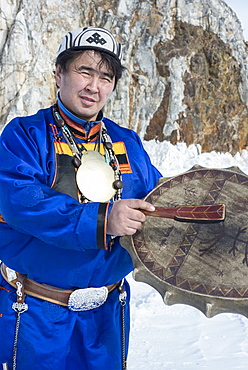
Hereditary Buryat shaman, Valentin Khagdaev with skin covered drum at Olkhon Island celebrating the spirit of Baikal on the ice, Lake Baikal, Irkutsk Oblast, Siberia, Russia, Eurasia
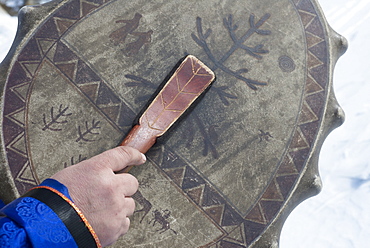
Buryat shaman Valentin Khagdaev Olkhon Island, with skin drum preparing for ceremony to celebrate the spirit of Baikal, Lake Baikal, Irkutsk Oblast, Siberia, Russia, Eurasia

Hereditary Buryat shaman, Valentin Khagdaev with skin covered drum at Olkhon Island celebrating the spirit of Baikal on the ice, Lake Baikal, Irkutsk Oblast, Siberia, Russia, Eurasia
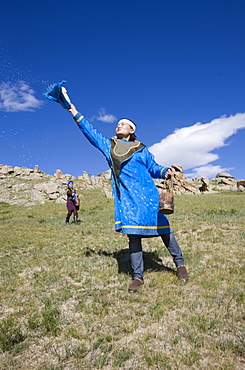
Horse milk is sprinkled into the four directions, as offerings to the nature spirits of the area, the sadak, or ?owners Of the earth.? Sometimes vodka is used instead, or as well. Milk is sacred to the mongol shamans, who believe that life on earth is descended from beings who originally came here on winged horses. Here two young female shamans make the offering in a ritual manner. Countryside mongols make this offering every morning on waking up; they usually also offer smoke, that the wind carries around the world as a prayer for harmony and prosperity. 13th century national park, tov province, mongolia. 13th century national park comprises chinggis khan's giant statue museum and live museum "town from 13 century". The ancient nomadic mini kingdom is located in the distance of 130 km east of ulaanbaatar in area of erdene zuu of tov province. It takes 2 hours driving on paved road. In the live 13th century kingdom one will see and experience the authentic lifestyle of mongols, who were lived in powerful mongol empire?s Period. This place gives you a same feeling that famous traveler marco polo and william rubruck felt once upon time
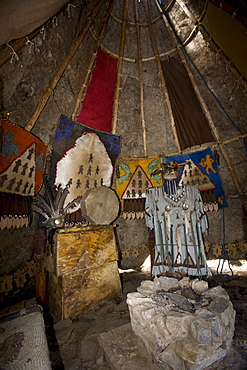
13th century national park comprises chinggis khan's giant statue museum and live museum "town from 13 century". The ancient nomadic mini kingdom is located in the distance of 130 km east of ulaanbaatar in area of erdene zuu of tov province. It takes 2 hours driving on paved road. In the live 13th century kingdom one will see and experience the authentic lifestyle of mongols, who were lived in powerful mongol empire?s Period. This place gives you a same feeling that famous traveler marco polo and william rubruck felt once upon time. Tov province, mongolia
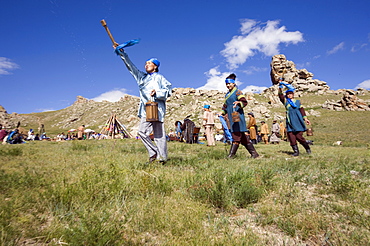
Horse milk is sprinkled into the four directions, as offerings to the nature spirits of the area, the sadak, or ?owners Of the earth.? Sometimes vodka is used instead, or as well. Milk is sacred to the mongol shamans, who believe that life on earth is descended from beings who originally came here on winged horses. Here two young female shamans make the offering in a ritual manner. Countryside mongols make this offering every morning on waking up; they usually also offer smoke, that the wind carries around the world as a prayer for harmony and prosperity. 13th century national park, tov province, mongolia. 13th century national park comprises chinggis khan's giant statue museum and live museum "town from 13 century". The ancient nomadic mini kingdom is located in the distance of 130 km east of ulaanbaatar in area of erdene zuu of tov province. It takes 2 hours driving on paved road. In the live 13th century kingdom one will see and experience the authentic lifestyle of mongols, who were lived in powerful mongol empire?s Period. This place gives you a same feeling that famous traveler marco polo and william rubruck felt once upon time
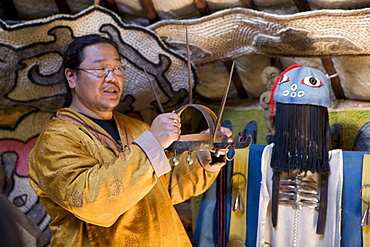
Invocation of the tengir (celestial) forces by means of drumming and dance. Like the sun, fire is a force that can attract as a magnet to the tengir forces. Tuvshintugs dorj (in yellow) carries the status of a ?Royal Shaman,? Meaning that he can channel three-quarters or more of the hundred tengir energies. 13th century national park, tov province, mongolia. 13th century national park comprises chinggis khan's giant statue museum and live museum "town from 13 century". The ancient nomadic mini kingdom is located in the distance of 130 km east of ulaanbaatar in area of erdene zuu of tov province. It takes 2 hours driving on paved road. In the live 13th century kingdom one will see and experience the authentic lifestyle of mongols, who were lived in powerful mongol empire?s Period. This place gives you a same feeling that famous traveler marco polo and william rubruck felt once upon time
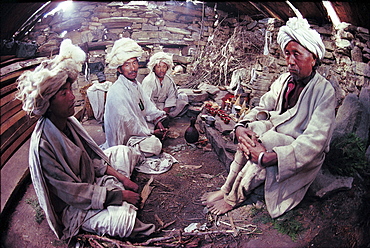
Humla, shamans. shamans central to ceremonial life, with their spirit possession high point of every collective ritual. Their white wool tufted turnans match description of zhangzhung’s priests
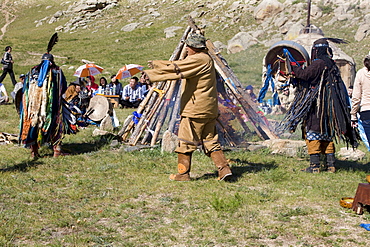
Invocation of the tengir (celestial) forces by means of drumming and dance. Like the sun, fire is a the shamans often wear a ?light-protecting visor? Over their eyes. The radiance of the celestial spirits can be extremely strong, and this protects the onlookers from the blast of light when the celestial spirits enter the body of the shaman. 13th century national park, tov province, mongolia. 13th century national park comprises chinggis khan's giant statue museum and live museum "town from 13 century". The ancient nomadic mini kingdom is located in the distance of 130 km east of ulaanbaatar in area of erdene zuu of tov province. It takes 2 hours driving on paved road. In the live 13th century kingdom one will see and experience the authentic lifestyle of mongols, who were lived in powerful mongol empire?s Period. This place gives you a same feeling that famous traveler marco polo and william rubruck felt once upon time
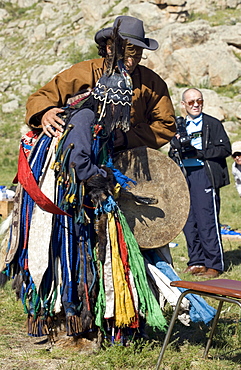
Invocation of the tengir (celestial) forces by means of drumming and dance. Like the sun, fire is a the shamans often wear a ?light-protecting visor? Over their eyes. The radiance of the celestial spirits can be extremely strong, and this protects the onlookers from the blast of light when the celestial spirits enter the body of the shaman. 13th century national park, tov province, mongolia. 13th century national park comprises chinggis khan's giant statue museum and live museum "town from 13 century". The ancient nomadic mini kingdom is located in the distance of 130 km east of ulaanbaatar in area of erdene zuu of tov province. It takes 2 hours driving on paved road. In the live 13th century kingdom one will see and experience the authentic lifestyle of mongols, who were lived in powerful mongol empire?s Period. This place gives you a same feeling that famous traveler marco polo and william rubruck felt once upon time
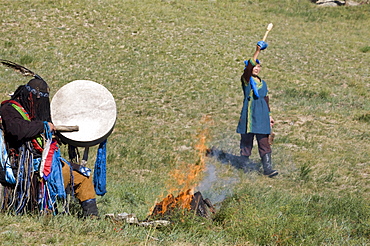
Horse milk is sprinkled into the four directions, as offerings to the nature spirits of the area, the sadak, or ?owners Of the earth.? Sometimes vodka is used instead, or as well. Milk is sacred to the mongol shamans, who believe that life on earth is descended from beings who originally came here on winged horses. Here two young female shamans make the offering in a ritual manner. Countryside mongols make this offering every morning on waking up; they usually also offer smoke, that the wind carries around the world as a prayer for harmony and prosperity. 13th century national park, tov province, mongolia. 13th century national park comprises chinggis khan's giant statue museum and live museum "town from 13 century". The ancient nomadic mini kingdom is located in the distance of 130 km east of ulaanbaatar in area of erdene zuu of tov province. It takes 2 hours driving on paved road. In the live 13th century kingdom one will see and experience the authentic lifestyle of mongols, who were lived in powerful mongol empire?s Period. This place gives you a same feeling that famous traveler marco polo and william rubruck felt once upon time
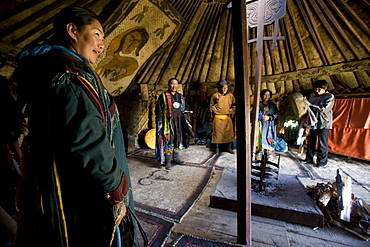
13th century national park comprises chinggis khan's giant statue museum and live museum "town from 13 century". The ancient nomadic mini kingdom is located in the distance of 130 km east of ulaanbaatar in area of erdene zuu of tov province. It takes 2 hours driving on paved road. In the live 13th century kingdom one will see and experience the authentic lifestyle of mongols, who were lived in powerful mongol empire?s Period. This place gives you a same feeling that famous traveler marco polo and william rubruck felt once upon time. Tov province, mongolia
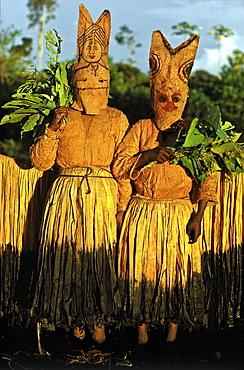
Wearing tree bark cloth masks and skirts, dancers representing fish spirits are invited during the season of the peach palm harvest to drink the juice. it is a feast and ritual exchange: the host group offers the spirits large quantities of peach palm juice, smoked meat and fish, and shaman-blessed coca and snuff. the visitors are the costumed dancers impersonating animal spirits. people eat the meat and fish, animal spirits receive the fruits of peach palm, which are cultivated, harvested, and processed by humans. this exchange expresses the idea that people and animals depend on each other for survival and reproduction. vaupes basin, eastern colombia amazon, population: 600
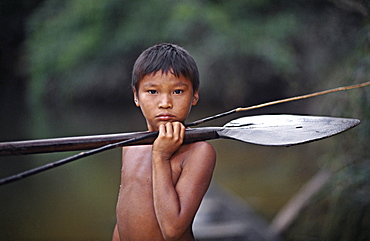
The idea of the interconnectedness of all things is central to the tribal way of looking at the world. practical knowledge of the environment, of crops and medicines, of hunting and fishing, is a byproduct of it. the makuna believe that human beings, animals, and all of nature are parts of the same one. animals and fish live in their own communities, which are just like human communities, with their chiefs, their shamans, their dance houses, their songs, and their material possessions. when human peoples dance in this world, the shaman invites the animal people to dance in theirs. if humans do not dance and shamans do not offer spirit food to the animal people, the animals will die out and there will be no more game left in the world. for the makuna the radical disjunction so characteristic of western thought between nature and culture, men and animals, dissolves. eastern colombia amazon, vaupes region, population: 600
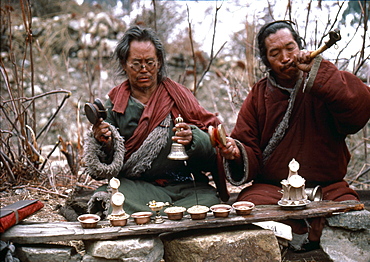
Nepal. Ritual, sonam/boom. Lobsangs cremation. Humla. traveler reached of journey! In freedom of infinite he is free from sorrow, fetters that bound thrown away, burning fever of life is no more,oesays dharmapada. Lobsang having spent whole life preparing moment of death, finds liberation on february 14, 1986. Extensive ritual follows cremation-traditionally a forty nine period, sonam lama rattles damaru. A small ritual drum to have origin in - shamanism. damaru, used as a tantric device to summon gods ward evil spirits, once made from human skull bone dreid human skin as a reminder of impermanence of body. Boom lama blows a kangling, a human thigh-bone horn. kangling is used in exorcism is capable of gods demons. Traditionally, best bones a kangling come from brahmans, particularly sixteen-year- brahman girls-or from tigers. On makeshift altar rest chhome, votive lamps filled with butter, cups of water, grains, tormas, holy food made of barley meal decorated with medallions of butter offered to gods. Alone, boom lama continues prayers of deceased
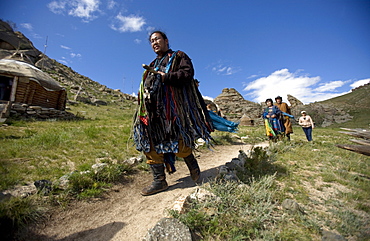
Invocation of the tengir (celestial) forces by means of drumming and dance. Like the sun, fire is a force that can attract as a magnet to the tengir forces. Tuvshintugs dorj carries the status of a ?Royal Shaman,? Meaning that he can channel three-quarters or more of the hundred tengir energies. 13th century national park, tov province, mongolia. 13th century national park comprises chinggis khan's giant statue museum and live museum "town from 13 century". The ancient nomadic mini kingdom is located in the distance of 130 km east of ulaanbaatar in area of erdene zuu of tov province. It takes 2 hours driving on paved road. In the live 13th century kingdom one will see and experience the authentic lifestyle of mongols, who were lived in powerful mongol empire?s Period. This place gives you a same feeling that famous traveler marco polo and william rubruck felt once upon time
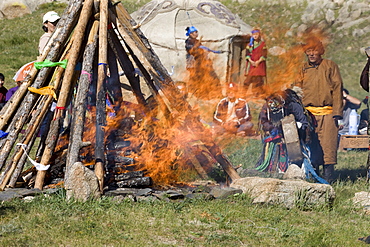
Invocation of the tengir (celestial) forces by means of drumming and dance. Like the sun, fire is a the shamans often wear a ?light-protecting visor? Over their eyes. The radiance of the celestial spirits can be extremely strong, and this protects the onlookers from the blast of light when the celestial spirits enter the body of the shaman. 13th century national park, tov province, mongolia. 13th century national park comprises chinggis khan's giant statue museum and live museum "town from 13 century". The ancient nomadic mini kingdom is located in the distance of 130 km east of ulaanbaatar in area of erdene zuu of tov province. It takes 2 hours driving on paved road. In the live 13th century kingdom one will see and experience the authentic lifestyle of mongols, who were lived in powerful mongol empire?s Period. This place gives you a same feeling that famous traveler marco polo and william rubruck felt once upon time
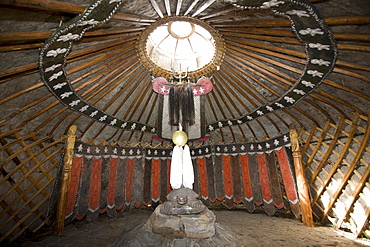
13th century national park comprises chinggis khan's giant statue museum and live museum "town from 13 century". The ancient nomadic mini kingdom is located in the distance of 130 km east of ulaanbaatar in area of erdene zuu of tov province. It takes 2 hours driving on paved road. In the live 13th century kingdom one will see and experience the authentic lifestyle of mongols, who were lived in powerful mongol empire?s Period. This place gives you a same feeling that famous traveler marco polo and william rubruck felt once upon time. Tov province, mongolia
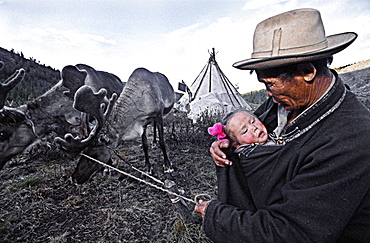
These reindeer peoples' entire existence is based around their herds of reindeer, which provide milk, skins for clothes, horn for carving and medicine, transport and occasionally, meat. the tsaatan are part of the tuvan ethnic group, which inhabits the tuvan republic of russia. there are only about 200 tsaatan in total, spread over 100,000 sq km of northern mongolia. they are nomadic, often moving their small encampments every three to four weeks, searching for special types of grass and moss loved by the reindeer. the tsaatan are strong practitioners of shamanism. west taiga, northern mongolia

Horse milk is sprinkled into the four directions, as offerings to the nature spirits of the area, the sadak, or ?owners Of the earth.? Sometimes vodka is used instead, or as well. Milk is sacred to the mongol shamans, who believe that life on earth is descended from beings who originally came here on winged horses. Here two young female shamans make the offering in a ritual manner. Countryside mongols make this offering every morning on waking up; they usually also offer smoke, that the wind carries around the world as a prayer for harmony and prosperity. 13th century national park, tov province, mongolia. 13th century national park comprises chinggis khan's giant statue museum and live museum "town from 13 century". The ancient nomadic mini kingdom is located in the distance of 130 km east of ulaanbaatar in area of erdene zuu of tov province. It takes 2 hours driving on paved road. In the live 13th century kingdom one will see and experience the authentic lifestyle of mongols, who were lived in powerful mongol empire?s Period. This place gives you a same feeling that famous traveler marco polo and william rubruck felt once upon time
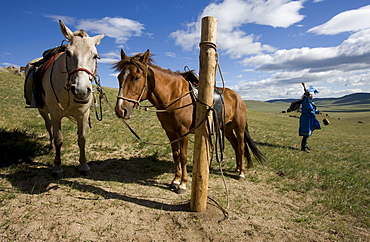
Horse milk is sprinkled into the four directions, as offerings to the nature spirits of the area, the sadak, or ?owners Of the earth.? Sometimes vodka is used instead, or as well. Milk is sacred to the mongol shamans, who believe that life on earth is descended from beings who originally came here on winged horses. Here two young female shamans make the offering in a ritual manner. Countryside mongols make this offering every morning on waking up; they usually also offer smoke, that the wind carries around the world as a prayer for harmony and prosperity. 13th century national park, tov province, mongolia. 13th century national park comprises chinggis khan's giant statue museum and live museum "town from 13 century". The ancient nomadic mini kingdom is located in the distance of 130 km east of ulaanbaatar in area of erdene zuu of tov province. It takes 2 hours driving on paved road. In the live 13th century kingdom one will see and experience the authentic lifestyle of mongols, who were lived in powerful mongol empire?s Period. This place gives you a same feeling that famous traveler marco polo and william rubruck felt once upon time
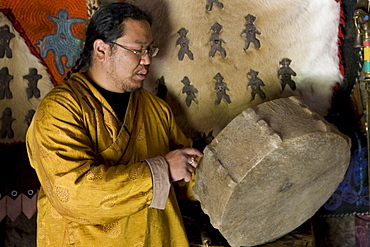
Invocation of the tengir (celestial) forces by means of drumming and dance. Like the sun, fire is a force that can attract as a magnet to the tengir forces. Tuvshintugs dorj (in yellow) carries the status of a ?Royal Shaman,? Meaning that he can channel three-quarters or more of the hundred tengir energies. 13th century national park, tov province, mongolia. 13th century national park comprises chinggis khan's giant statue museum and live museum "town from 13 century". The ancient nomadic mini kingdom is located in the distance of 130 km east of ulaanbaatar in area of erdene zuu of tov province. It takes 2 hours driving on paved road. In the live 13th century kingdom one will see and experience the authentic lifestyle of mongols, who were lived in powerful mongol empire?s Period. This place gives you a same feeling that famous traveler marco polo and william rubruck felt once upon time

13th century national park comprises chinggis khan's giant statue museum and live museum "town from 13 century". The ancient nomadic mini kingdom is located in the distance of 130 km east of ulaanbaatar in area of erdene zuu of tov province. It takes 2 hours driving on paved road. In the live 13th century kingdom one will see and experience the authentic lifestyle of mongols, who were lived in powerful mongol empire?s Period. This place gives you a same feeling that famous traveler marco polo and william rubruck felt once upon time. Tov province, mongolia
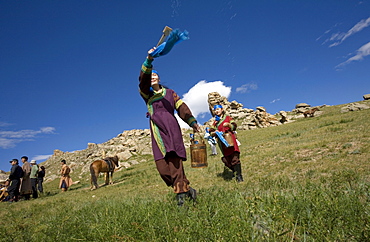
Horse milk is sprinkled into the four directions, as offerings to the nature spirits of the area, the sadak, or ?owners Of the earth.? Sometimes vodka is used instead, or as well. Milk is sacred to the mongol shamans, who believe that life on earth is descended from beings who originally came here on winged horses. Here two young female shamans make the offering in a ritual manner. Countryside mongols make this offering every morning on waking up; they usually also offer smoke, that the wind carries around the world as a prayer for harmony and prosperity. 13th century national park, tov province, mongolia. 13th century national park comprises chinggis khan's giant statue museum and live museum "town from 13 century". The ancient nomadic mini kingdom is located in the distance of 130 km east of ulaanbaatar in area of erdene zuu of tov province. It takes 2 hours driving on paved road. In the live 13th century kingdom one will see and experience the authentic lifestyle of mongols, who were lived in powerful mongol empire?s Period. This place gives you a same feeling that famous traveler marco polo and william rubruck felt once upon time
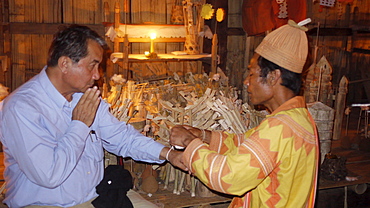
THAILAND Visit to Ban Pan Tong, a Lahu village which practices traditional religion. The local 'tobo' or shaman at the village chapel shrine conducting Animist ceremony. Photo by Sean Sprague
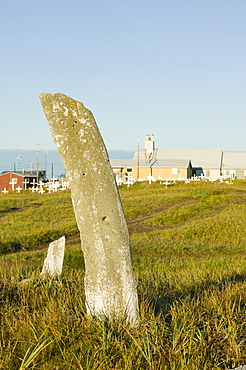
Whale bone marking the shaman's grave on Shishmaref, a tiny island between Alaska and Siberia in the Chukchi sea, home to around 600 Inuits (Eskimos, United States of America, North America
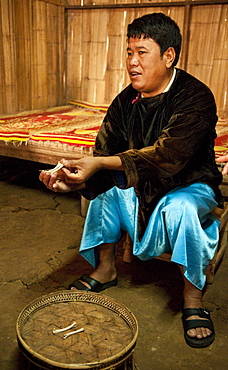
Local shaman explaining how he interprets chicken bones that people bring to him for guidance, in the Lisu village of Sridongyen in rural Chiang Mai Province, Thailand.
